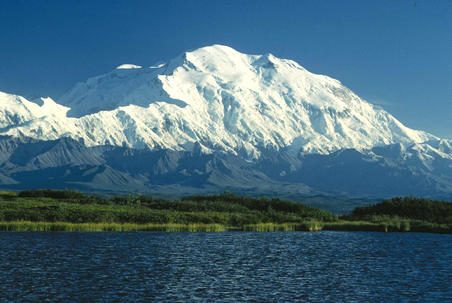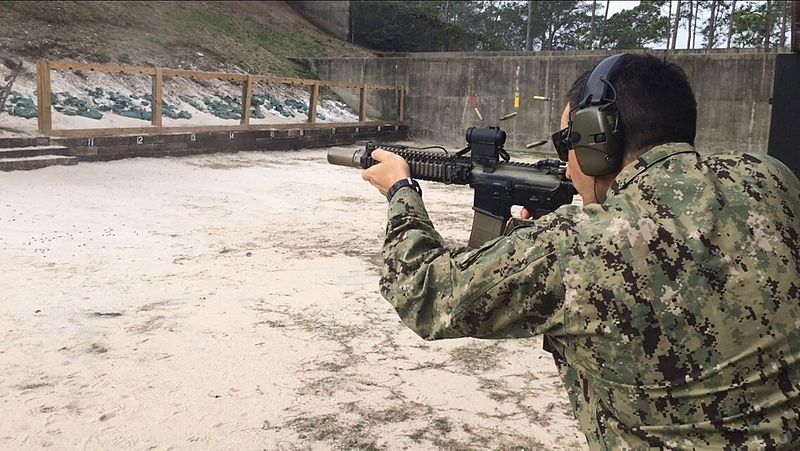
Editor’s Note: Sonoran Desert Institute is not in any way, shape, or form a source for legal counsel. Articles of this nature are for entertainment purposes only. Readers and responsibly-armed citizens should all conduct their own research regarding any legal questions, or consult with a legal expert.
Many law-abiding Americans carry firearms every day for defensive purposes. Though crime is typically low inside national parks, at a rate of 1 in 1.4 million, if an American citizen encounters a non-bipedal dangerous animal, there’s a non-zero chance it will be in one of the national parks.
In both the Lower 48 and Alaska, grizzly, black, and brown bear populations are at their highest concentrations in the national parks and monuments. These are the bears that are typically more accustomed to humans, thus more dangerous. Attacks are relatively frequent compared to the rest of the country, according to Vox.
When in a national park, one might consider carrying for many reasons. As we’ll discuss further, it is acceptable to carry in national parks (with qualifiers listed below). Still, the reason many would consider carrying is, in fact, prohibited by the National Parks Service.
Many would consider responsible carry in the event of a wildlife attack. However, it is expressly stated by the National Park Service that handguns may not be considered for protection from wildlife.
Knowing this, it is understandable that many law-abiding gun owners would have questions regarding the legality of carrying firearms in national parks. It is generally allowed, but it is essential to understand the details.
Though laws inside national parks have historically been more restrictive, it is currently legal to carry firearms inside national parks according to Section 512, Credit CARD Act of 2009 54 US Code § 104906, as reported by Cornell Law. This states that one may carry, either concealed or otherwise if you are not legally prohibited from doing so and as long as you follow the laws of the state and locality in which the park is located.
Visitors must make sure to check those state and local guidelines before visiting. With respect to concealed carry, one must always make sure to check that the locality recognizes your home state’s concealed carry via reciprocity agreement if you are from out of state.
A comprehensive guide to National Park carry laws may be found here, according to the USCCA.
However, inside of national park facilities, these rules change drastically. Anytime a visitor enters a building or facility administered by the National Park Services, one may not carry a firearm, concealed or otherwise, unless expressly permitted to do so.
Carrying within a park’s public transport vehicles may or may not be allowed, so one must check beforehand. Discharging a firearm inside a National Park is prohibited except in those areas where hunting is specifically mandated by federal statute. In those locations, guns may be used to hunt only in conformity with all specific local, state, and National Park Service guidelines.
For additional details on firearms’ legality within specific parks, visitors are encouraged to contact the particular national park directly. Click here for more information from the National Park Service on this topic.
Double-check the state guidelines so that you may enjoy our country’s national parks and carry with confidence!
Did you know how carrying a firearm in national parks worked? Share this story on Facebook, Twitter, and Instagram, and let us know your thoughts.



